landscape
Shiny_Rock
- Joined
- Dec 22, 2020
- Messages
- 459
Think you mean spessartine - Hessonite is a grossular with a lower RI than Malaya. You can distinguish spessartine and malaya from hessonite by using a Neodym magnet too.
Hessonite = Grossular+Almandine
Malaya= Pyrope+spessartine
The overlapping part of the colors between them is the yellowish Malaya, similar to the yellowish Malaya sample below, which can be distinguished by the refractive index. The refractive index of yellow Malaya is close to Pyrope, and the refractive index of yellow Hessonite is close to Grossular.
Pyrope index of refraction is lower than Grossular index
spessartine has a higher refractive index than Grossular
RI spessartine>Hessonite>Malaya
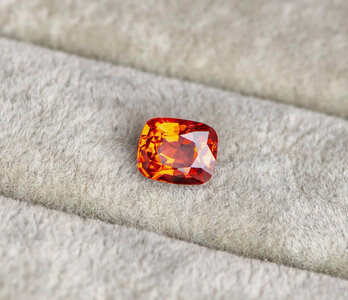
Last edited:

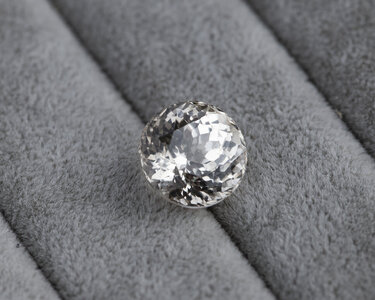
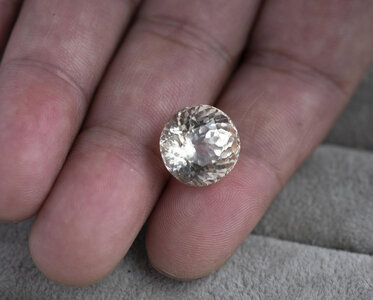
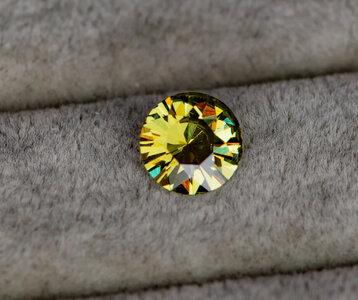
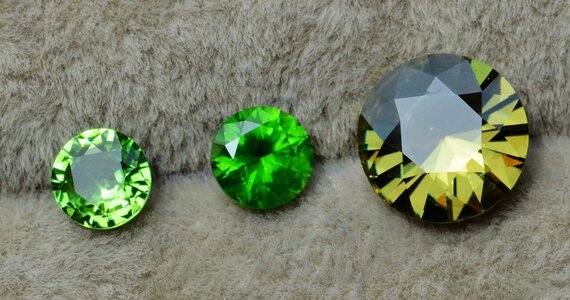
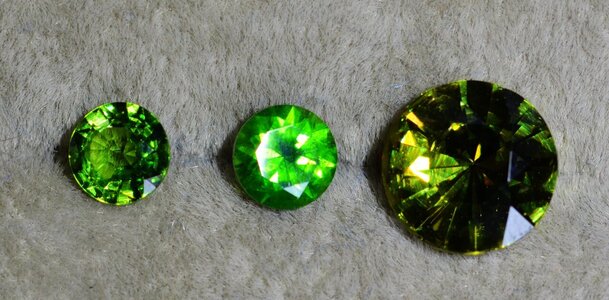
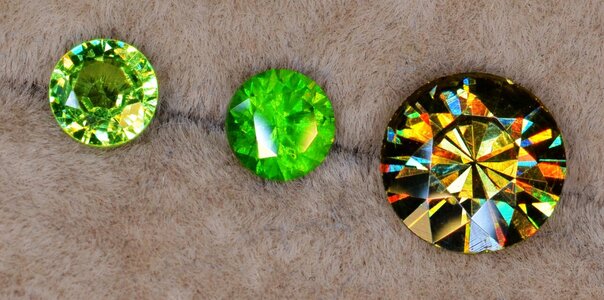
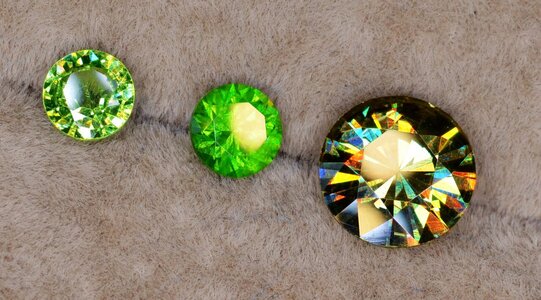
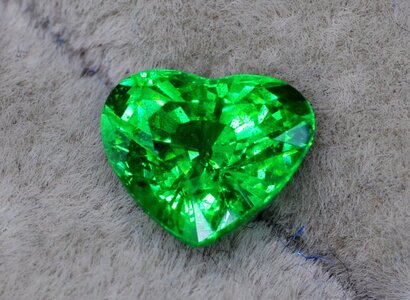
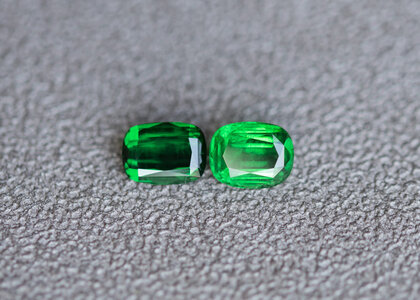
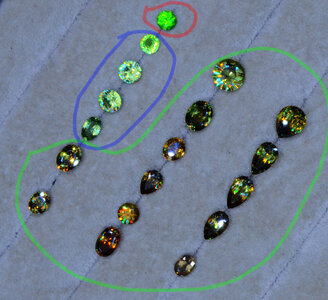
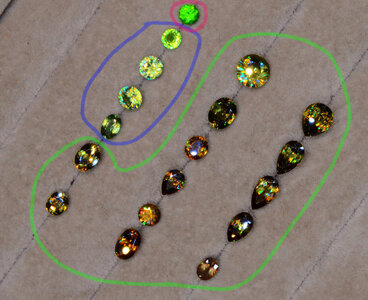
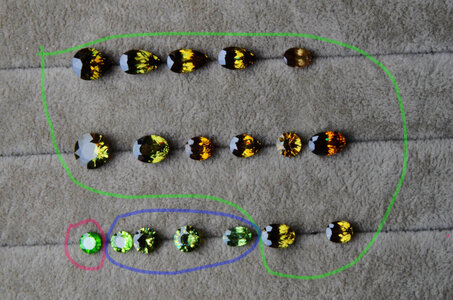


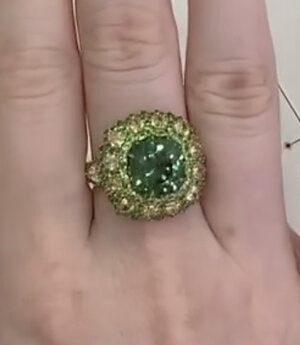
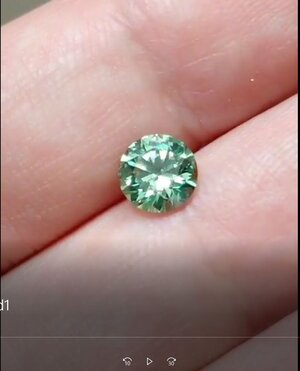


300x240.png)